Blog
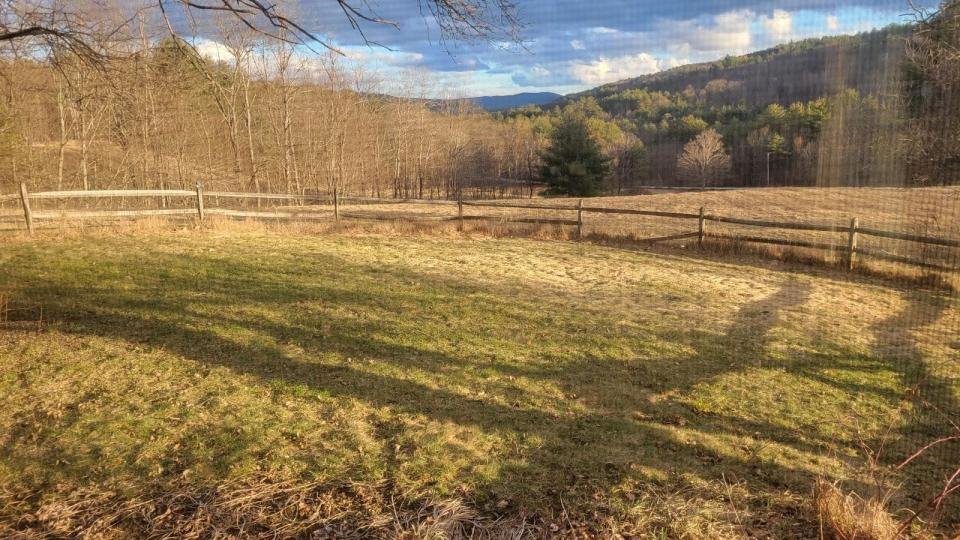
Welcoming Surprise
The view from Barb Sorenson’s kitchen window is reason enough to stay home, as is the quiet pace of retirement, but there’s another reason as well. Anywhere she goes in Thetford, VT, people are drawn to her. The mere sight of Barb fills people who know her with delight. In the hardware store and at the Post Office, former students approach her and relive memories, from both inside and outside of the classroom. “Remember the prison project?” “Remember when our classroom adopted the litter of abandoned kittens?” Barb is a teacher who didn’t just teach; she cleaned the lens, giving students a new perspective on their world.

Leadership Reflections from a 1st Year AP
Starting my journey as a first-year assistant principal at a K-5 Elementary school marks a significant shift after 15 years in education, transitioning from special education teacher to higher education professor and supervisor of student teachers. Despite opportunities to pursue leadership earlier, I hesitated, realizing the importance of aligning my values with those of past school administrators. Observing a trend of leaders with limited classroom experience, I recognized the crucial link between strong leadership and pedagogical expertise.
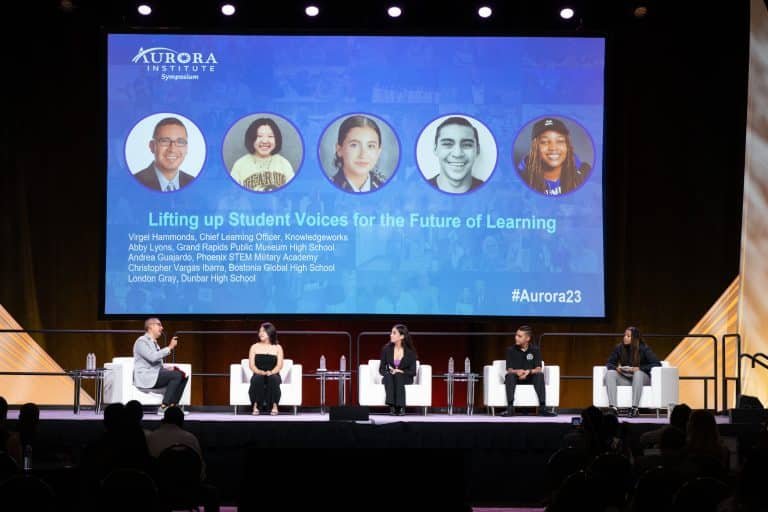
Stories and Ecosystems at #Aurora23
So many of us were talking about story at #Aurora23, and so many of us were talking about ecosystems. Even better, so many of us were talking about the two themes in tandem – how the stories and ecosystems reflected and amplified each other. By pointing out how others are talking about these two big ideas, I hope to help you consider these themes and how deeply related they are to each other.
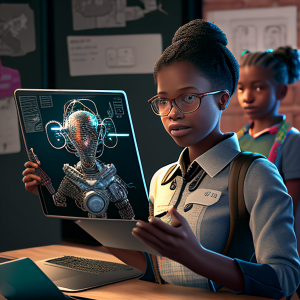
A Provocation: Where is AI’s Place in Education?
Most things I have read are doom and gloom about how AI will replace people in various industries. People in the education sector see AI as something that will make kids lazy. Teachers worry that students will be able to cheat easier. How will we be able to grade their writing assignments? How will we know whether a student completed an assignment or a computer? The list of questions goes on and on.

Forging a New Trail
“Have you been to Hancock Falls?” A neighbor recently asked me this question. I am fortunate to live in a place where there are hiking trails right off my driveway. I’d been to Thompson Falls, as that trail is well marked. But Hancock Falls? I’d never seen a sign or any marking on a trail map. I asked my neighbor to point out the trail. His response surprised me. He shared the general direction in which to head, but then explained I would have to “bushwhack” when I came to the end of the trail. For those who are not familiar with the term, it meant I had to leave the marked trail and venture further into the woods if I wanted to find the falls.

A Delicate Balance: The Choreography of Equity in the Classroom
How do we balance the demands of DEI in education with the perennial demands for education to prepare our students for a world that they can only begin to imagine? Our moral imperative as education practitioners is to provide students with an education that allows them to envision and create the society that should be, not what was.
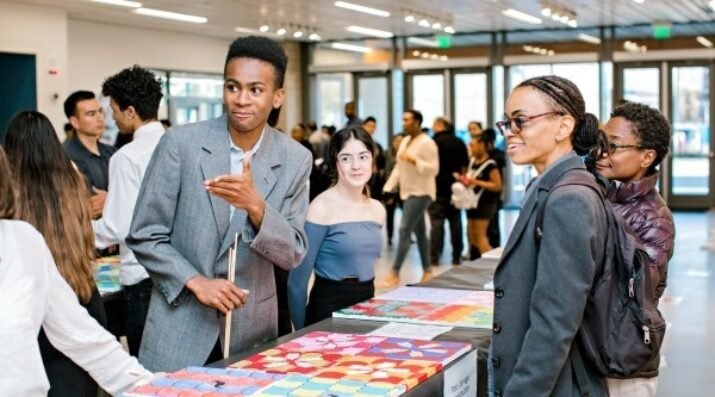
Teaching Portrait of a Graduate Skills
What is it like for teachers when their school district adopts a Portrait of a Graduate?
Find out how teachers are changing their role, mindset, and instructional practices to help their students develop graduate portrait skills.

Change is a Two-Way Street
This style of learning adopted by the public school system does not guarantee that learning is evident nor does it ensure mastery of competency of content. A collaborative approach with a focus on a learner-centered style of teaching is essential. Focusing on the student, emphasizing individual learning styles, and allowing authentic learning to happen are necessary for a learner-centered model.

Global Labs Network: A Community of School Leaders
Global Lab Schools are a community practice that is driven by a focus on instruction, and is anchored in learner-centered and equitable practices. Throughout the school year, coaches from 2Revolutions and partners from overseas, work with school leaders and their implementation teams to determine school-wide opportunities and build skill sets and systems that will prioritize those opportunities into growth.

Towards More Learner-Centered Classrooms: One Educator’s First Steps
The title of teacher or educator is deceptively simple and often misunderstood. Even years into the profession, my own definition was rigid and held both myself and my learners back behind artificial barriers. Teachers are role models and mentors, trail guides and cheerleaders, we are counselors and experts, we inspire, and we are artists of the human mind. It is only by embracing this broader and evolving definition that educators can continue to grow, enhancing their practice to be more learner-centered to truly meet the needs of today’s students.

Individual Impact Leads to Systemic Change: Lessons from Professional Learning
“I’ve been teaching for 13 years, and just 2 terms in, I realize what I thought was good teaching wasn’t that good.” This is just one of the countless stories we’ve heard over the years of facilitating professional learning for educators and leaders. Since 2020, 2Revolutions has partnered with Spalding University to support educators through an M.Ed in Teacher Leadership and now an M.Ed in Learner-Centered Practices.
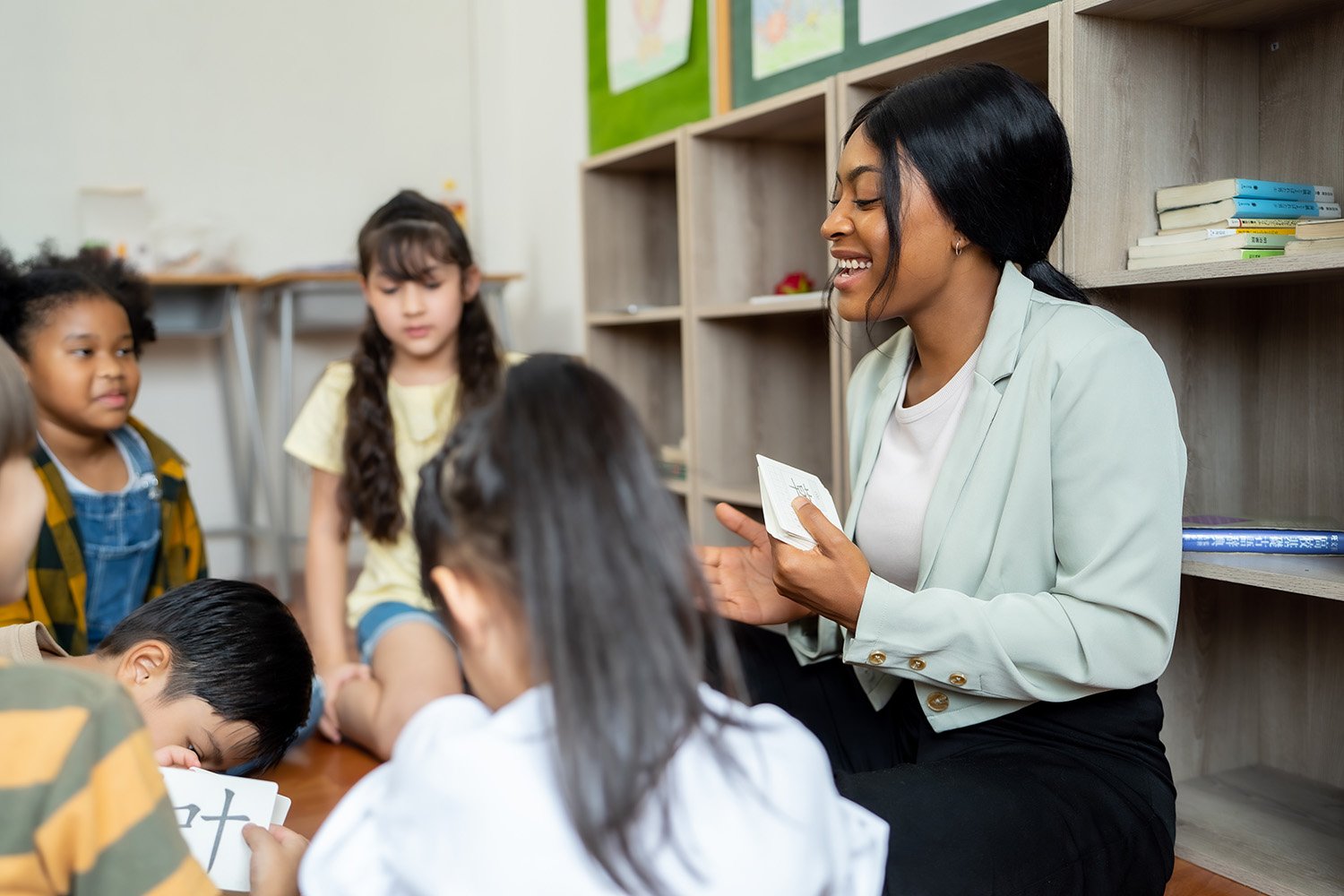
Finding Joy
Finding joy in the work. Such a simple, honest and human-centered goal for why educators would pour their heart and soul into their school and students. In its purest form, finding joy in the work is simply to find value. While the specific aspect that is particularly joyful for each person might be slightly different, the core is common- and arguably a non-negotiable foundation for creating an effective learning environment. So why are they trying to find it? Where did it go?

The Chicken or the Egg?Navigating Policies and Practices
What came first, the chicken or the egg? This old adage has arguably been up for debate since the question was first posed. While it can be argued that the chicken had to be first for the egg to appear, don't all chickens in fact start out in eggs? Similarly, which is more important: having a policy that is permissive and enabling, or having solid systems and best practices in place to realize the vision of the policies?

Nurturing Change during Challenging Times: Centering Young and Adult Learners
In 2019, Gallup demonstrated that schools are facing an engagement crisis as fewer than 50% of students and only 1 out of 3 teachers report being engaged in school. With the recent pandemic, these statistics are certainly much worse. According to Gallup, when schools can engage students, learners are 4.5 times more likely to be hopeful about their futures than their unengaged peers. For teachers, their engagement results in low absenteeism and employee turnover, both key metrics in the national teacher shortage (Gallup, 2019).

AI Could Save Education (But Not In the Way You Think)
For those who weren’t paying attention, November 2022 may have come and gone like any other month, but secondary teachers felt the tremors. Researchers at OpenAI had been developing a generative AI system for years, but it only took five days for ChatGPT to reach one million users. It reached 100 million users in two months. In the blink of an eye, students had a new power…

Yearning for the Vast & Endless Sea
“If you want to build a ship, don’t drum up the people to gather wood, divide the work, and give orders. Instead, teach them to yearn for the vast and endless sea.”
Antoine De Saint-Exupéry
(The Little Prince)

Meeting the Challenge: Career Exploration to Illuminate Future Pathways for Students
As we emerge from education during the pandemic, we are at a crossroads. The pandemic had seismic effects on education, with students furthest from opportunities suffering the most significant impacts (Sparks, 2022). At the same time, the needs of our workforce continue to evolve, requiring students to possess a different set of skills to achieve postsecondary success. Reverting to the traditional systems and structures is likely to produce the same inequitable results of the past. We can choose to maintain the status quo. Or, we can embrace the challenges before us.

Bringing it Home
Surveying the landscape of conventional schooling in America today, it’s clear that we are no longer in a time of local theaters producing local shows. While there are certainly differences in regional textbooks, statewide tests, and local school calendars, overall the system is remarkably standardized. The electives may differ, but most schools still require the same core content. There may be opportunities for personalization, but as a rule, schools still batch-feed students by birthday. We may not have intended to, but we have all tuned in to the same show.
